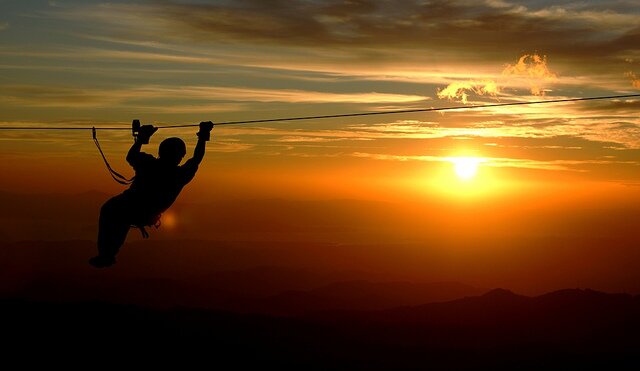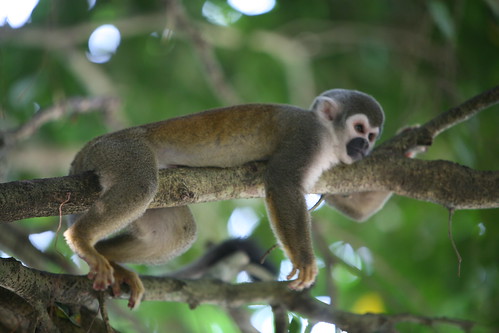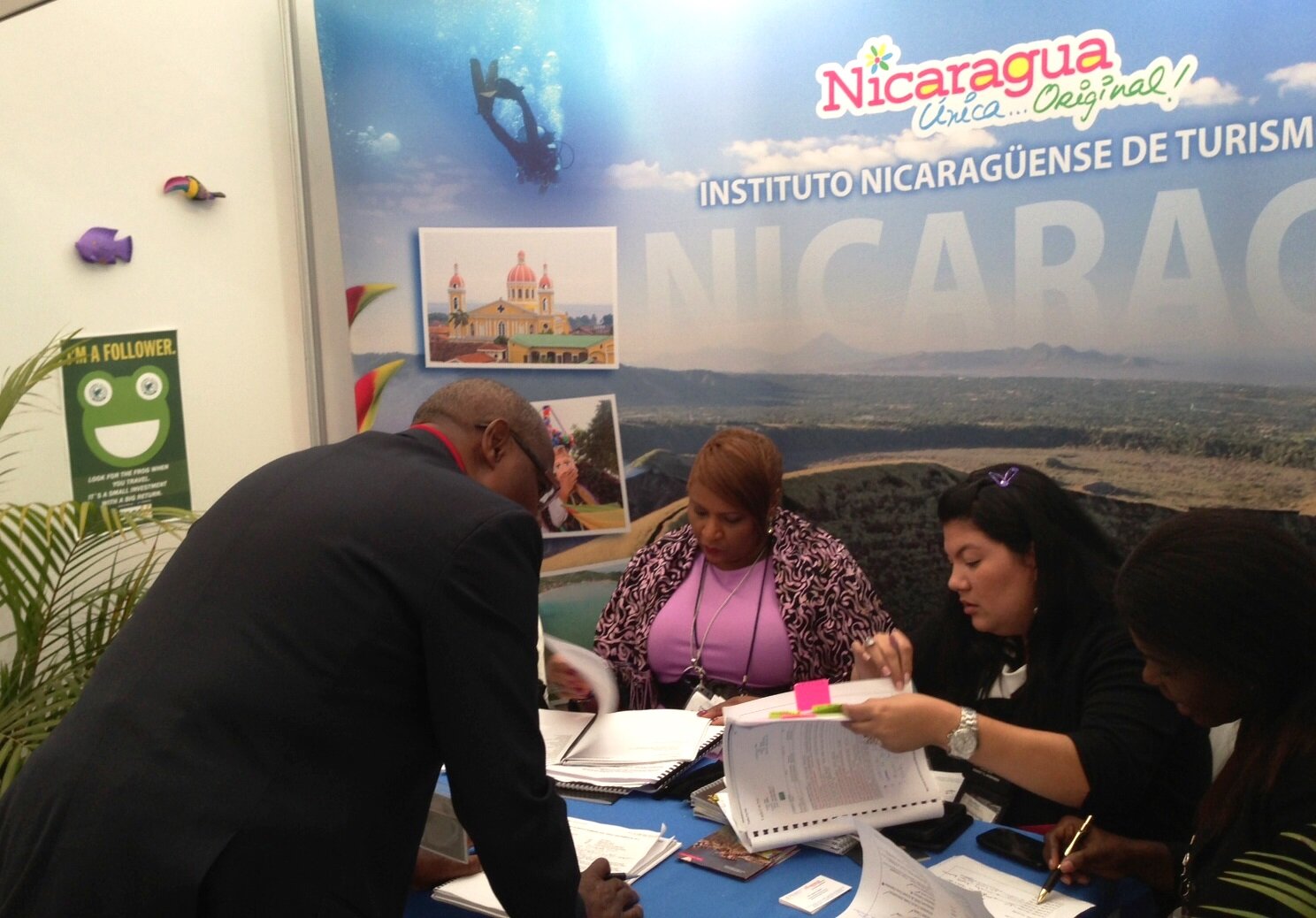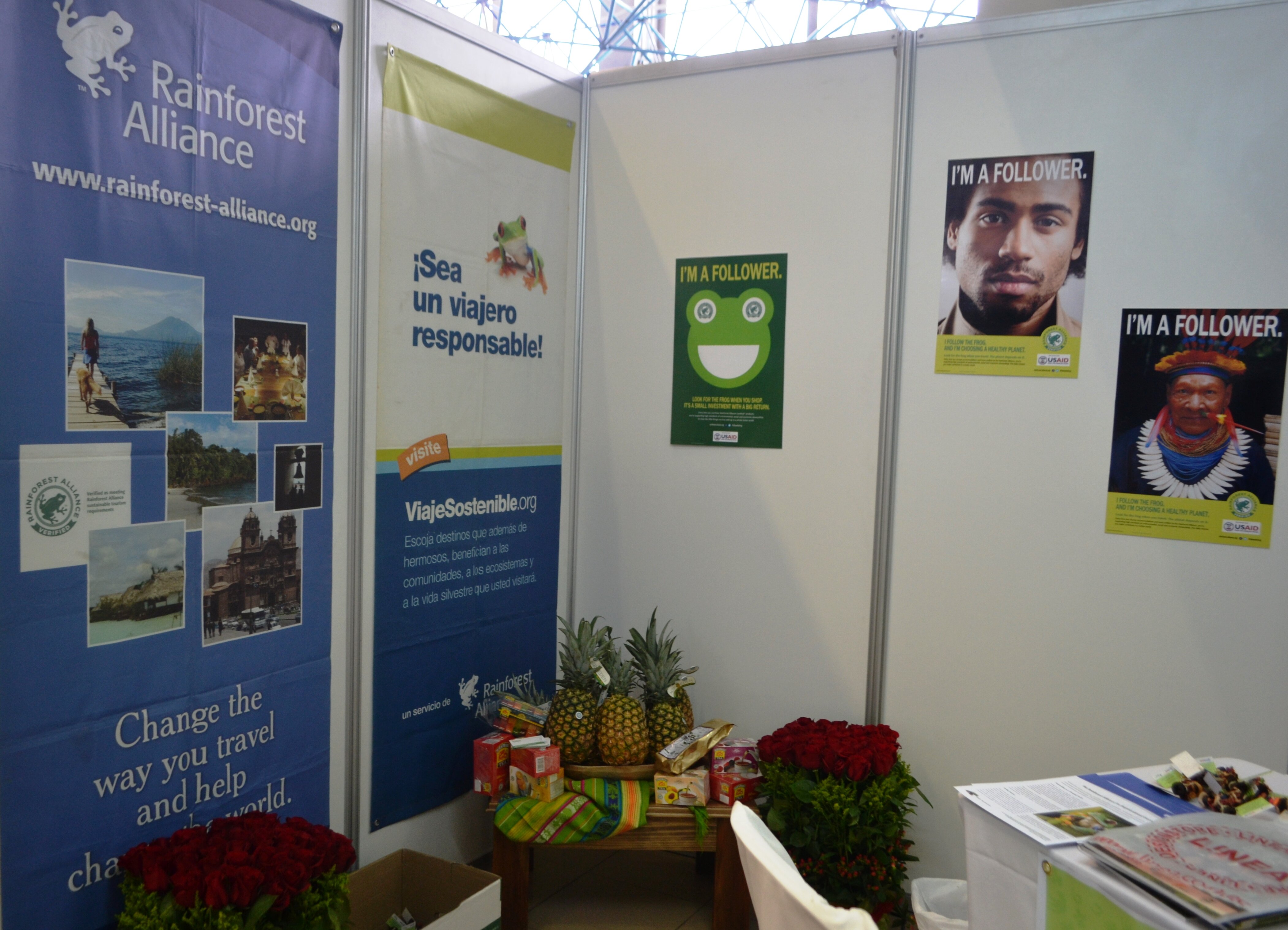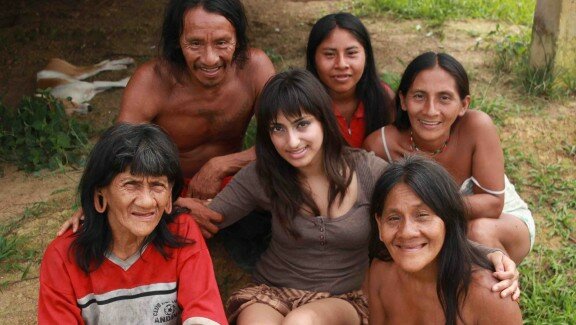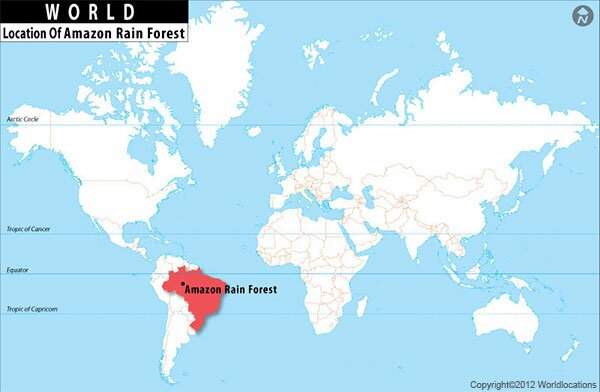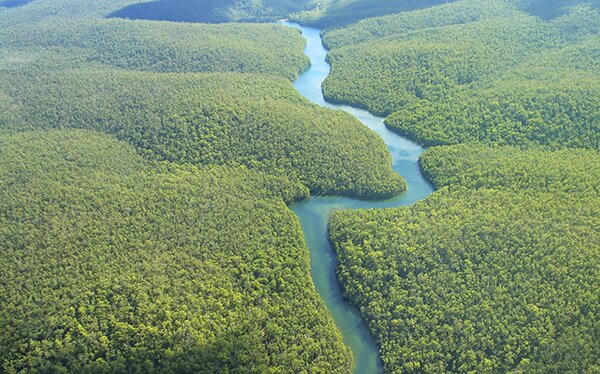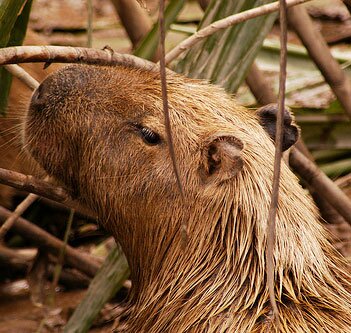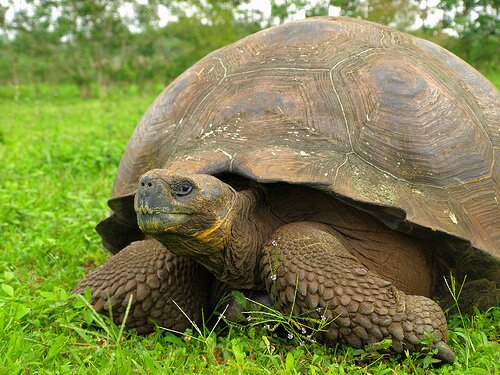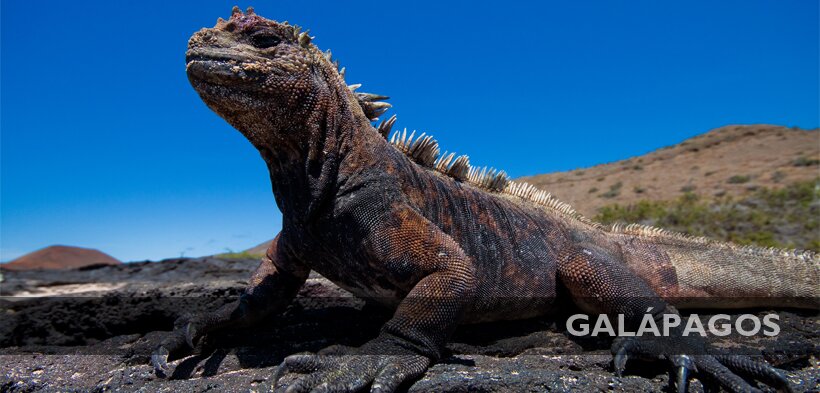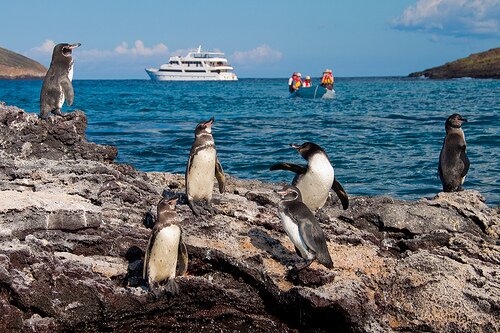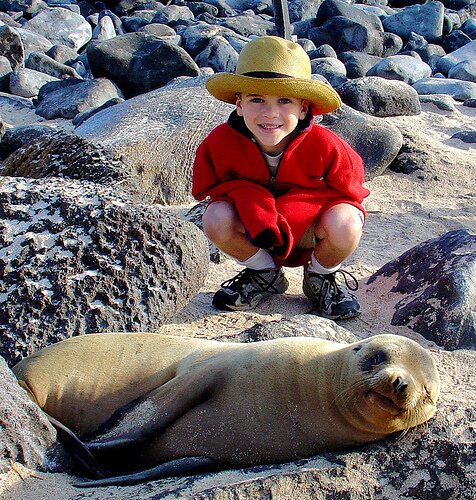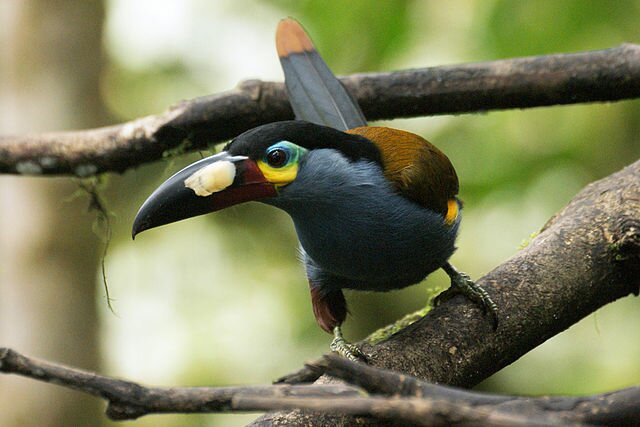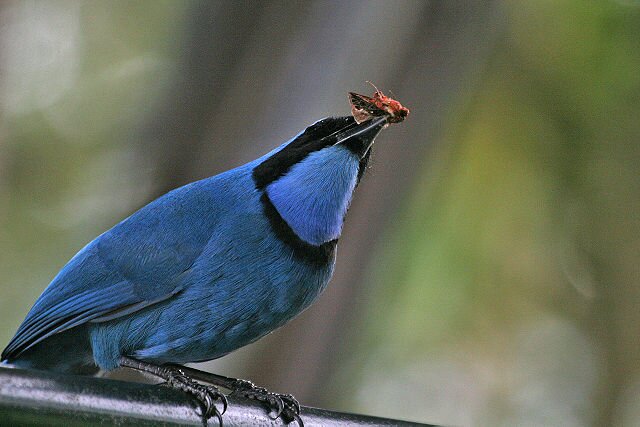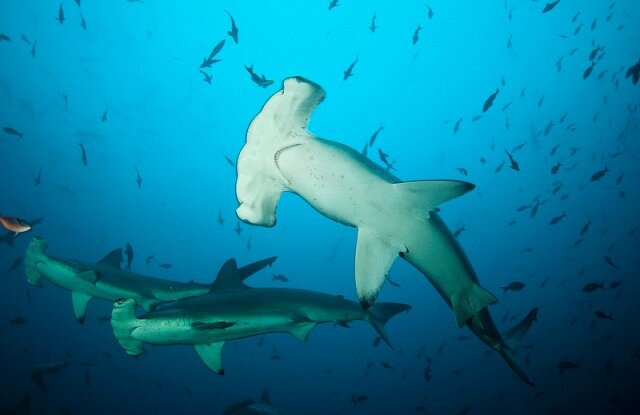Vea esta publicación en español.
Who doesn't love watching the setting sun after a fun-filled day of travel, disappearing below the horizon and turning the sky into a beautiful canvas of red and orange hues?
Today we want to share some amazing photos of sunsets from the sustainable hotels listed on our website:
Baja California Peninsula, México
Baja California offers a unique contrast between intense ocean-blue water beaches and arid desert landscapes. Photo by RED Sustainable Travel.
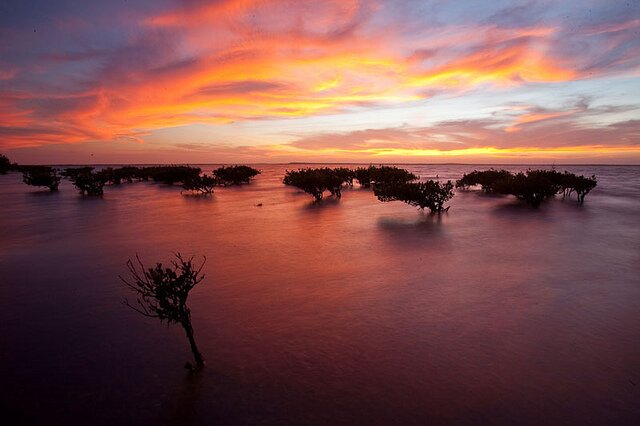
Arenal Volcano, La Fortuna, Costa Rica
The Arenal Volcano is well known for providing tourists with magical eruptions in the night. But this photo proves that the views are just as great right before dark. Photo by Catarata Eco Lodge.
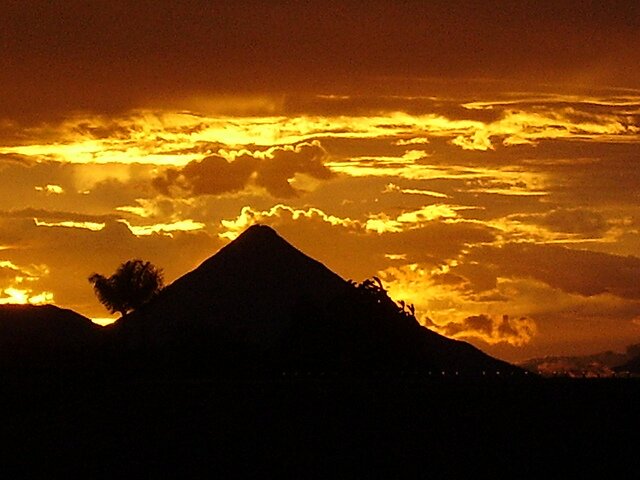
Cancún, México
Cancún has amazing beaches and a great weather, but its romantic sunsets may be what has made it one of the top destinations for couples getaways and weddings. Photo by Dreams Riviera Cancún Resort & Spa.

Yacuma Protected Amazon Rainforest Reserve, Napo, Ecuador
Imagine experiencing a sunset right in the heart of the Amazon jungle! Photo by Yacuma Ecolodge.
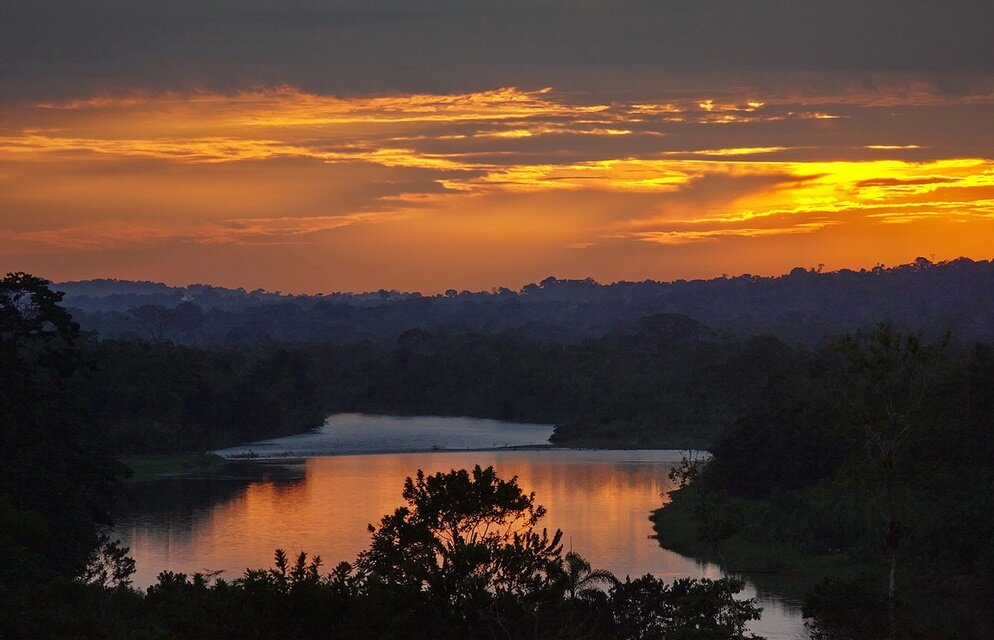
Lago Atitlán, Guatemala
Lake Atitlán, also known as the "mirror of the sky," has been called the most beautiful lake in the world. So you can expect exceptional views behind its three impressive volcanoes. Photo by Hotel y Centro de Convenciones Jardines del Lago.
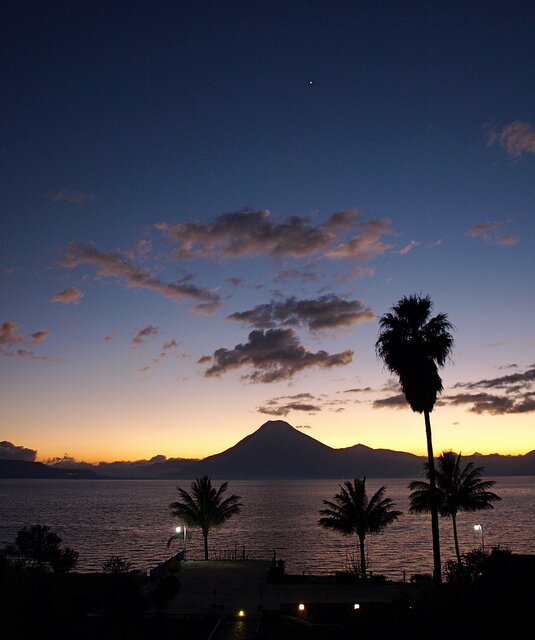
Monteverde, Costa Rica
Most of us like to sit, relax, and enjoy a sunset. But zip lining in the amazing cloud forest is another option to enjoy this magic moment! Photo by Hotel El Establo .
